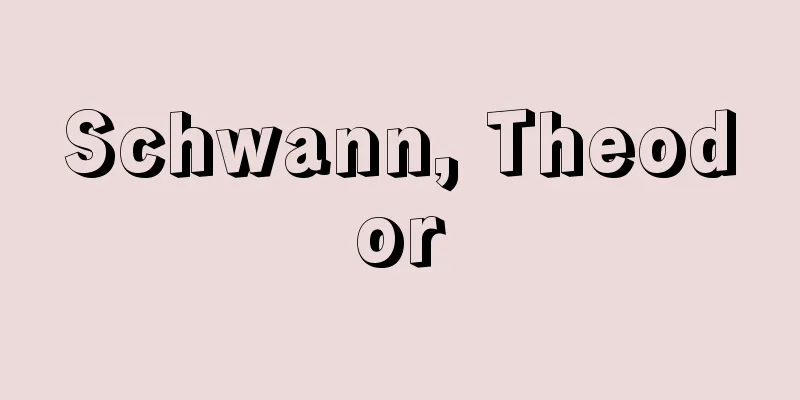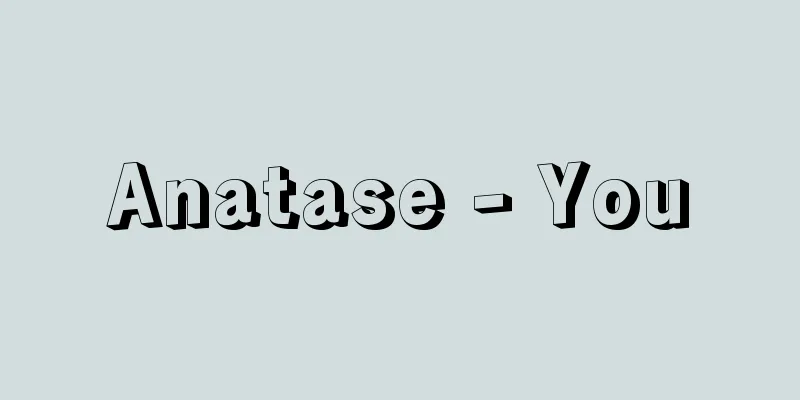Schwann, Theodor

|
Born: December 7, 1810, Neuss Died January 11, 1882. Coronet German physiologist and anatomist. After studying medicine at the universities of Bonn and Berlin, he served as an assistant to J. Muller at the University of Berlin (1834-38). In 1836, he succeeded in extracting a digestive substance from gastric juice, which he named pepsin. This was the first case of extracting an enzyme from an animal's body. In 1837, he studied fermentation and putrefaction, and demonstrated that these were the vital activities of microscopic organisms. He engaged in a fierce debate with J. Liebig, who tried to explain these phenomena by chemical reactions of substances. In 1839, he published "Microscopic Studies on the Correspondence of Structure and Growth in Animals and Plants," and extended the theory put forward by M. Schleiden the previous year that the body of plants is made up of cells to animals, and proposed the cell theory, which states that all animals and plants are made up of a collection of tiny organisms called cells. He also proposed the idea that an egg is a single cell, which develops into an individual. In 1939, Schwann left Germany for Belgium, where he was professor at the University of Louven (1939-48) and the University of Liège (1948-79). He also made contributions to anatomical research, studying nerve fibers and discovering the sheath that surrounds the axon, which is now called the "Schwann cell." He also coined the word "metabolism" to describe the chemical reactions that occur in biological tissues. Source: Encyclopaedia Britannica Concise Encyclopedia About Encyclopaedia Britannica Concise Encyclopedia Information |
|
[生]1810.12.7. ノイス [没]1882.1.11. コロネ ドイツの生理学者,解剖学者。ボン,ベルリン両大学で医学を学んだのち,ベルリン大学で J.ミュラーの助手をつとめる (1834~38) 。 1836年,消化作用をもつ物質を胃液から取出すことに成功,ペプシンと名づけた。これは動物の体から酵素を抽出した最初の例となった。 37年,発酵や腐敗を研究し,これらが微細な生物の行う生命活動によることを実証。物質の化学反応でこれらの現象を説明しようとする J.リービヒとの間で激しい論争を展開した。 39年に『動物および植物の構造と成長の一致に関する顕微鏡的研究』を著わして,その前年に M.シュライデンが唱えた植物の体は細胞からできているという説を動物にまで拡張し,すべての動植物は細胞という小さな生物の集合から成り立っているという細胞説を唱えた。また,卵が単一の細胞であり,これが発生を経て個体になるという考えも示している。 39年,シュワンはドイツを去ってベルギーに移り,ローベン大学 (39~48) ,リエージュ大学 (48~79) の教授をつとめた。ほかに解剖学的な研究業績も残しており,神経繊維を研究して軸索を包む鞘を発見,今日「シュワン細胞」と呼ばれている。生物の組織が行う化学反応を表わすものとして「代謝」という言葉をつくったのも彼である。 出典 ブリタニカ国際大百科事典 小項目事典ブリタニカ国際大百科事典 小項目事典について 情報 |
>>: Schwarzwald (English spelling)
Recommend
Ukase - Ukamuse
[1] A restaurant located in the west of Tennoji in...
dumb cane
…The genus Dieffenbachia (Dieffenbachia) of the A...
Yokogura no Ki - Yokogura no Ki
A deciduous tree of the Rhamnaceae family that occ...
Izumozaki [town] - Izumozaki
A town in Santo County facing the Sea of Japan i...
Pompidou
French politician. Graduated from the Ecole Normal...
prima ballerina (English spelling) primaballerina
…In the French ballet company, the première danse...
Langenscheidt, G. (English spelling)
...an educational method that uses communication ...
Family Seal - Iejirushi
A possession mark that indicates the ownership of...
Azumabashi Bridge
A bridge over the Sumida River between Azumabashi...
Ring-ring - Ring-ring
...A marine fish of the family Scorpaenidae in th...
Panagia
…In the Old Testament, she appears as the name of...
Indentation hardness test
...Therefore, in practice, the hardness test meth...
Hypericaceae - Otogiri souka
Dicotyledonous, polypetalous. Shrubs or herbs, le...
Astronomical constants
A system of constants introduced by international ...
Air-fuel ratio - Kuunenpi
In an internal combustion engine, the piston rece...

![Danube [river] - Danube](/upload/images/67cc593776228.webp)







